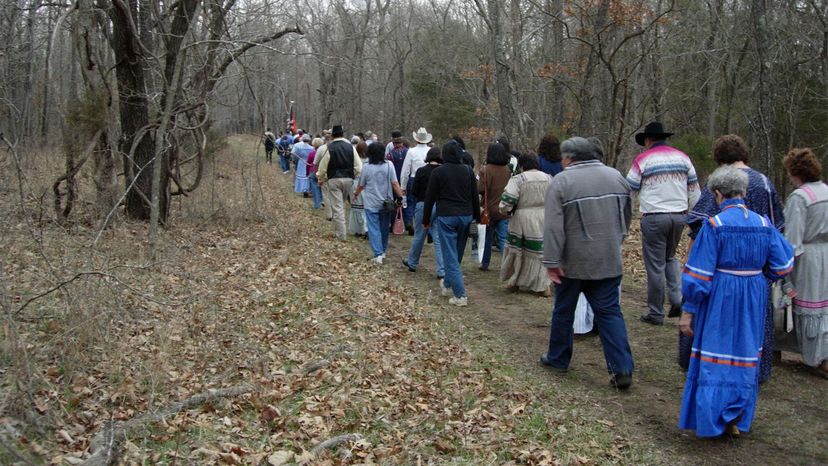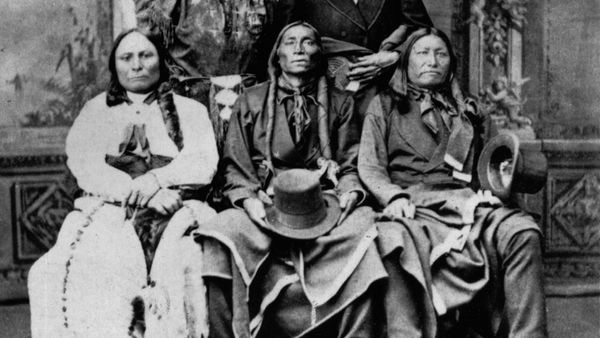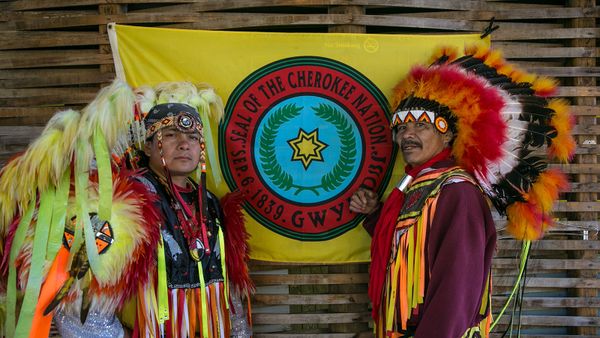
Of all of the tragic chapters in Native American history, none reveals the brutal, state-sanctioned persecution of native peoples quite like the Trail of Tears. In 1838 and 1839, tens of thousands of Native Americans were forcibly removed from their tribal homelands in the American Southeast and shipped like cattle to "Indian Territory" west of the Mississippi. Historians estimate that up to 15,000 men, women and children died en route to these first Indian reservations.
Gregory Smithers is a professor of American history at Virginia Commonwealth University, where he specializes in indigenous histories, particularly the Cherokee, whose homelands used to stretch from North Carolina and South Carolina through Tennessee, Georgia, Alabama and Texas. Smithers explains that from the birth of the United States, federal and state governments wrestled to establish a workable "Indian policy."
Advertisement
The ultimate goal of such an Indian policy was to gain access to fertile farming lands held by native tribes in the Eastern United States, Smithers says. The proposed methods for acquiring those lands ranged from violent confrontation to peaceful diplomacy to underhanded coercion.
George Washington's administration favored an "integration" approach, avoiding armed conflict by "civilizing" the tribes and integrating them into the American economy and political system. Thomas Jefferson voiced his ulterior motives for supporting the civilization of tribes, arguing that if Indians could be convinced to buy goods on credit, they'd become indebted and be forced to sell off their lands.
The integration method quickly lost favor by the early 19th century, says Smithers, and growing segments of Americans in the Midwest and the Southeast were "unhappy that the U.S. was spending what they saw as their 'treasure' on Indians that couldn't be reformed and didn't have the same capacity to live in a republican society as White people."
Advertisement


